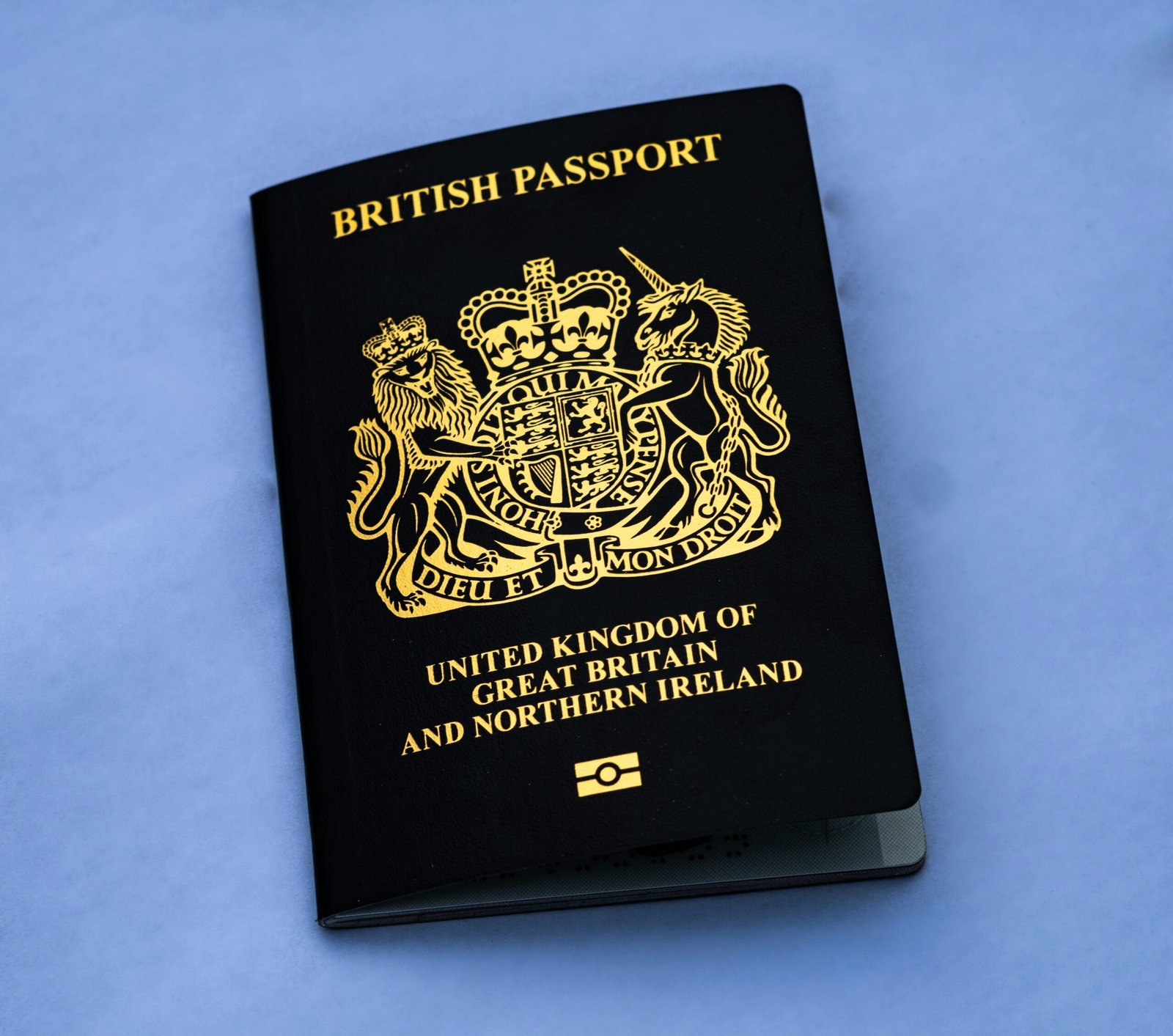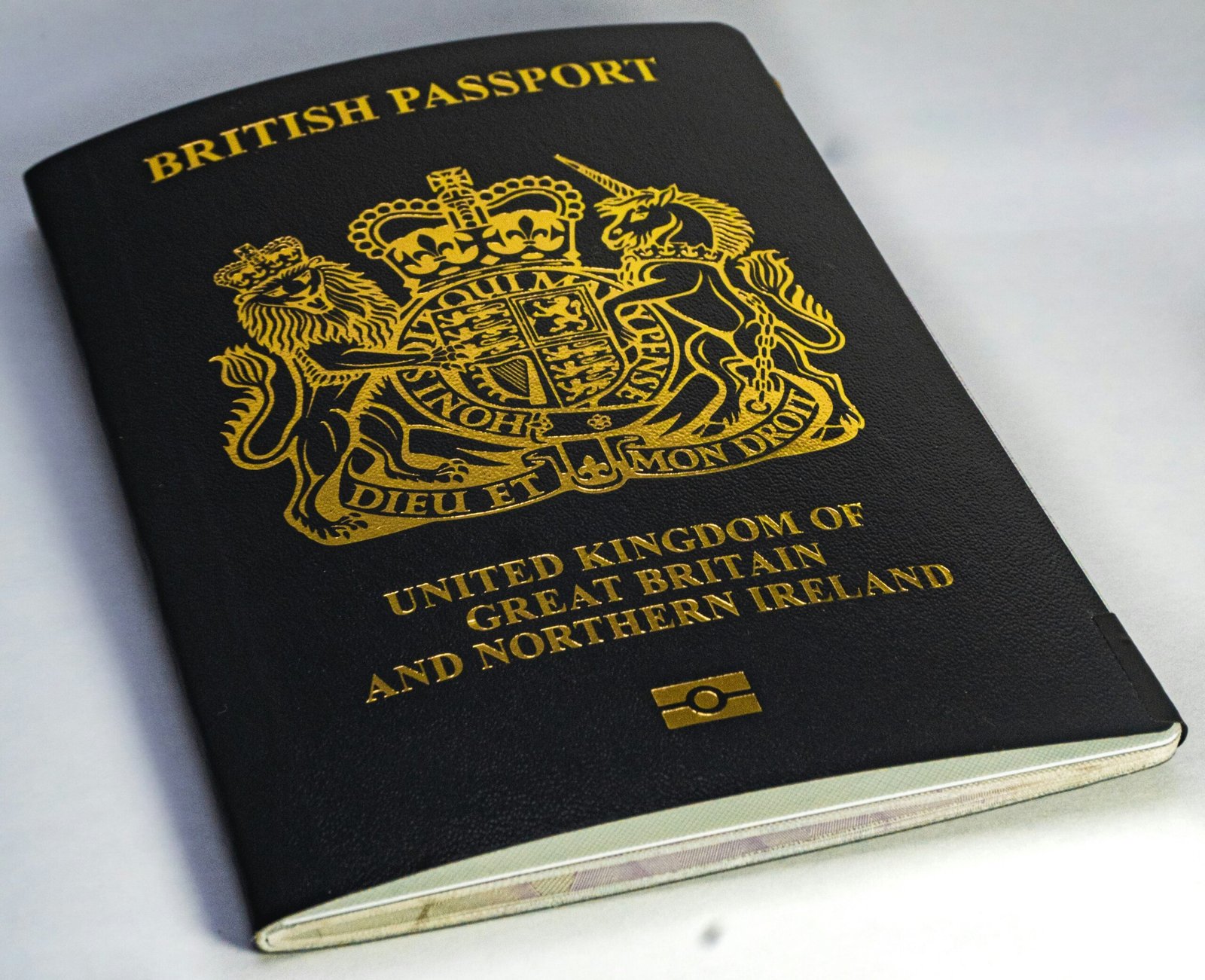British humour isn’t always about belly laughs; it’s often about a wry smile, a knowing glance, and the unsaid. It thrives on subtlety, self-deprecation, and a healthy dose of cynicism. If you want to fit in, or at least avoid awkward silences, mastering these three key elements is your golden ticket.
1. Sarcasm: The Art of Saying the Opposite
Sarcasm is perhaps the most famous, and sometimes infamous, element of British humour. It’s when you say something that clearly means the opposite of what you intend, often with a dry, flat tone. The humour comes from the obvious absurdity or incongruity of the statement.
- How it Works: The speaker says something positive when they mean negative, or vice-versa, to make a cutting, witty, or amusing point. The context and tone are everything.
- Classic Examples:
- Scenario: You’re caught in a torrential downpour, soaked to the bone.
- British response: “Lovely weather we’re having, isn’t it?” (Said with a completely straight face, perhaps looking up at the sky in mock appreciation).
- Scenario: Someone has clearly messed something up badly.
- British response: “Well, that went exceptionally well.”
- Scenario: A colleague makes a terrible pun.
- British response: “Oh, that was hilarious. Truly. I nearly died laughing.” (Delivered without a flicker of a smile).
- The Trap: If you take a sarcastic comment literally, you’ll be utterly confused or, worse, accidentally offended. Look for the glint in the eye, the flat delivery, or the obvious situational irony.
2. Irony: The Unexpected Twist
Irony is closely related to sarcasm but is broader. It’s about a contrast between expectation and reality, or between what is said and what is actually happening. It can be verbal (like sarcasm), situational, or dramatic.
- How it Works: The humour arises from the incongruity or absurdity of the situation. It’s often observational, highlighting the ridiculousness of life.
- Classic Examples:
- Verbal Irony (similar to sarcasm): Someone trips, and you say, “Graceful.”
- Situational Irony: A fire station burns down. A driving instructor loses his license for speeding. A sign saying “Welcome to the Friendly Village” is riddled with bullet holes. The humour isn’t in what’s said, but in the situation itself.
- British Spin: A common use is to comment on an unfortunate event in a detached, almost resigned way.
- Scenario: Your train is delayed by two hours due to “leaves on the line.”
- British response: “Oh, typical.” (Followed by a long sigh, and maybe a quiet mutter about British rail). The irony is in the resignation to constant minor disaster.
- The Trap: Irony requires a shared understanding of norms and expectations. If you’re not clued into the context, the irony will simply pass you by as a mundane observation.
3. Understatement: The Master of Downplaying
Understatement is arguably the most quintessentially British form of humour. It’s about deliberately describing something as less significant than it truly is, often for comedic effect. The humour comes from the gap between the mild description and the dramatic reality.
- How it Works: An extreme event or emotion is described with incredibly muted language, creating a sense of dry, knowing amusement. It’s often used to avoid appearing overly dramatic or emotional.
- Classic Examples:
- Scenario: You’ve just been involved in a minor car crash.
- British response: “Just a bit of a scrape, really.” (When the car is clearly totalled).
- Scenario: Someone has achieved something incredible, like winning an Olympic medal.
- British response (from the person): “Yeah, it was alright, I suppose.” (While secretly thrilled).
- Scenario: A giant earthquake has just struck.
- British response: “Bit of a rumble, wasn’t it?”
- The Trap: If you take an understatement literally, you’ll dramatically misjudge the severity of a situation or the true feelings of the speaker. Listen for the disparity between the words and the reality. It often goes hand-in-hand with sarcasm.
Why Do Brits Do It? (The Cultural Context)
British humour isn’t just a random set of quirks; it’s deeply rooted in the culture:
- Self-Deprecation: Brits love to make fun of themselves. It’s a way of being humble and endearing.
- Avoiding Compliments: A strong desire to not appear boastful or overly emotional often leads to understatement.
- Dealing with Adversity: A coping mechanism for life’s inevitable disappointments (like the weather, or train delays). If you can laugh at it, it’s less painful.
- Shared Understanding: It builds camaraderie. When someone “gets” your dry wit, it creates a connection.
- Love of Language: There’s a genuine appreciation for the clever manipulation of words.
How to Start “Getting It” (And Maybe Even Using It!)
- Listen Actively: Pay attention to tone of voice, facial expressions (or lack thereof!), and context.
- Watch British TV & Films: Comedies like Fawlty Towers, Blackadder, The Office, Peep Show, Fleabag, or even sitcoms like Gavin & Stacey are masterclasses in British humour.
- Don’t Take Things Personally: Often, sarcasm or teasing is a sign of affection, not malice.
- Try Self-Deprecation: Start by making gentle fun of yourself. It’s a safe way to ease into the style.
- Practise Understatement: If something is truly terrible, try describing it as “not ideal” or “a bit of a bother.” See how it lands!











Leave a comment